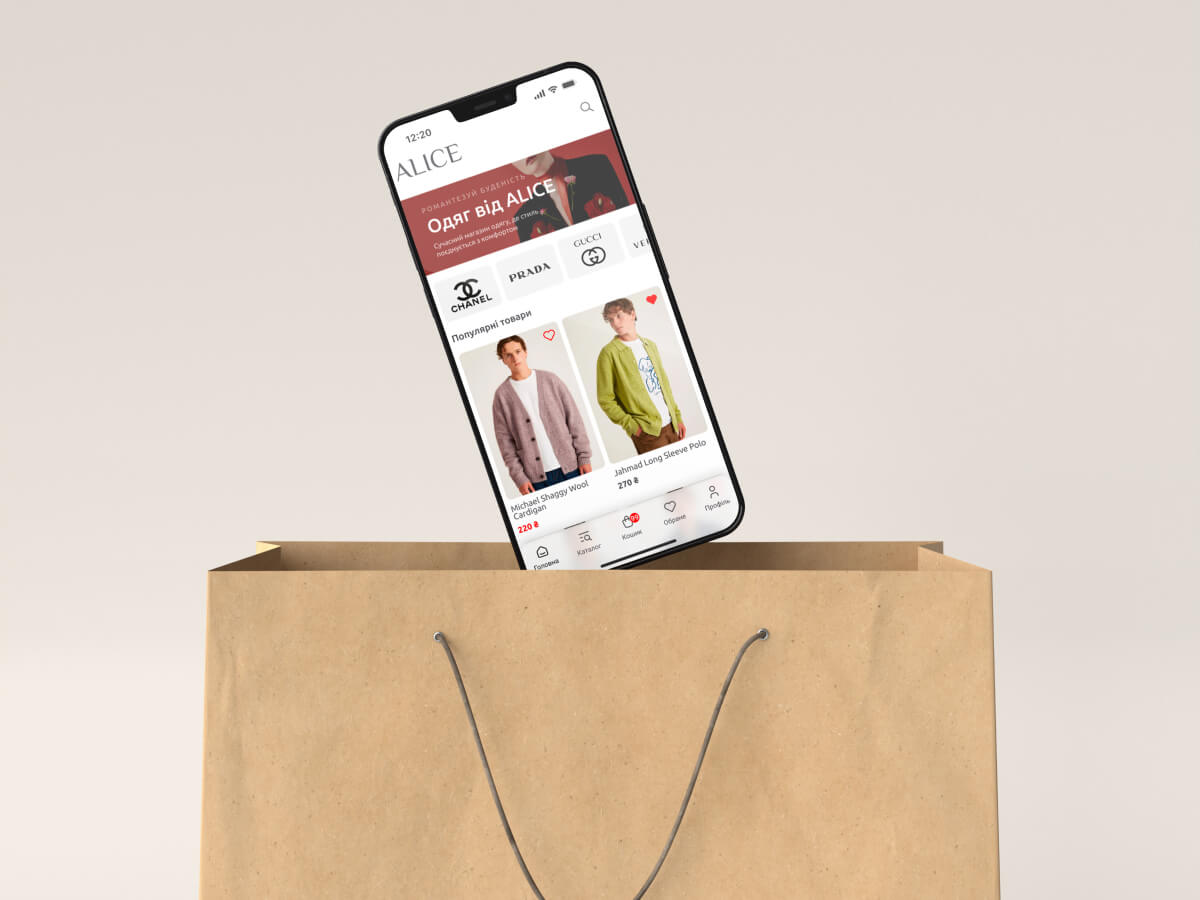Customer experience is the cornerstone of success in e-commerce. If the shopping process is cumbersome, customers are likely to turn to competitors. A mobile app enables fast, convenient, and personalized shopping, boosting loyalty and sales. According to Google research, 70% of users abandon carts due to inconvenient interfaces or slow loading times. In this article, we’ll explore in detail how a mobile app enhances customer experience, the essential features required, how they work, how the SaaS model simplifies their implementation, and provide practical tips and trends for optimizing mobile shopping.
Why Is Customer Experience Important?
In modern e-commerce, customers value speed, simplicity, and personalization. Mobile apps meet these demands better than websites due to optimized interfaces, local data caching, and personalization capabilities. According to Statista, in 2025, 60% of online purchases are made via mobile devices, with users spending an average of 4.2 hours daily on apps. Apps not only simplify shopping but also create an emotional connection with the brand through convenience and engagement.
Key benefits of apps for customer experience:
- Speed: Apps load 30-40% faster than websites, reducing wait times. Local caching enables product browsing even with weak internet connections.
- Engagement: Push notifications remind customers of promotions or abandoned carts, increasing activity by 20-25%. This fosters a sense of constant interaction with the brand.
- Personalization: Recommendations based on purchase or browsing history increase repeat sales by 15%. For example, AI algorithms can suggest products tailored to customer preferences.
Essential Features for Improving Shopping
To truly enhance customer experience, a mobile app must include the following features:
- Intuitive Interface: A simple, clear design reduces product search time. For example, prominent “Add to Cart” and “Checkout” buttons streamline purchases to 2-3 clicks. Filters by price, category, or size simplify navigation.
- Push Notifications: Alerts about discounts, new arrivals, or abandoned carts bring customers back. For instance, a message like “Today only: 15% off!” boosts conversions by 20%. Proper segmentation is key to avoiding spam.
- Fast Payments: Integration with Apple Pay, Google Pay, or LiqPay enables one-click checkouts. According to the Baymard Institute, 50% of abandoned carts stem from complex payment processes. Offering card-saving options (GDPR-compliant) saves time.
- Personalized Recommendations: AI algorithms analyze customer behavior to suggest relevant products. For example, a customer browsing sportswear might see sneaker recommendations, increasing average order value by 10-15%.
- Offline Access: Catalog caching allows browsing without internet, critical for regions with unstable connectivity. Data syncs when reconnected.
How Does It Work in Practice?
Consider a typical scenario: a customer browses products on your website, adds items to the cart, but doesn’t complete the purchase. The mobile app sends a push notification with a reminder and discount offer. With integrated payment systems, the customer completes the purchase in one click. App analytics track viewed products and suggest similar items on their next visit. This reduces abandoned carts by 30% and speeds up the purchase process by 40%. Additionally, geolocation features can offer local promotions or delivery options, enhancing offer relevance.
The Role of SaaS in Improving Shopping
The SaaS model enables rapid app launches with all necessary features without significant costs. Our service offers customizable templates that can be tailored to your brand in hours. You get:
- CMS Integration: Sync with platforms like Khoroshop or OpenCart for a unified product and order database.
- Automatic Updates: Your app stays compliant with the latest iOS and Android standards without additional costs.
- Technical Support: Focus on your business, not IT, with 24/7 assistance. SaaS also allows scaling features, such as adding AR product previews or chatbots for customer support, saving time and resources compared to custom development, which can cost $10,000 and take months.
Practical Optimization Tips
To maximize your app’s impact, follow these recommendations:
- Test the Interface: Conduct A/B testing to find the most user-friendly design. For example, test whether a larger “Buy” button increases conversions.
- Optimize Push Notifications: Send messages during peak hours (6:00–9:00 PM) and segment audiences by interests. Limit notifications to 2-3 per week to avoid annoyance.
- Use Geolocation: Offer local promotions or delivery based on the customer’s location. For instance, suggest express delivery to Kyiv customers.
- Add Chatbots: Automated support via Telegram or Viber reduces response times to 1-2 minutes.
- Optimize for ASO: Use keywords in your app’s App Store and Google Play descriptions to attract more downloads.
Future Trends for Mobile Shopping
By 2027, eMarketer predicts 75% of e-commerce transactions will be mobile. Key trends to consider:
- AI Personalization: Machine learning algorithms will offer products with 90% accuracy based on customer behavior.
- AR and VR: Enable customers to “try on” clothing or preview furniture in 3D via the app.
- Voice Search: Integration with Siri or Google Assistant will simplify product searches.
- Web3 Integrations: NFT purchase confirmations or loyalty tokens will become standard for premium customers.
Conclusion
A mobile app is key to enhancing customer experience in e-commerce. It delivers speed, personalization, and engagement, boosting sales and loyalty. Our SaaS service allows you to launch an app in days with all essential features and integrations. Start now to stay ahead of competitors and meet modern customer expectations
